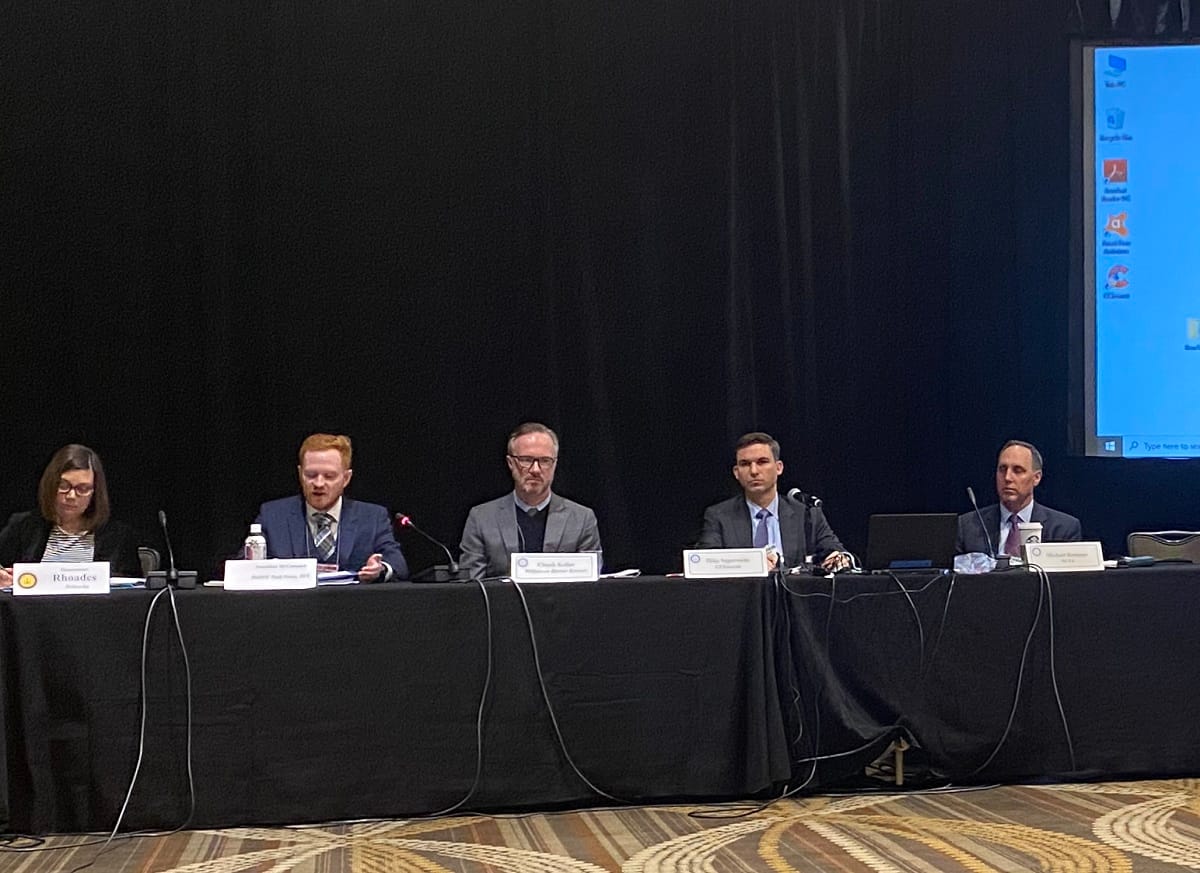Disagreements About Satellite Providers, Upload Speeds, Pepper Panelists Picking Apart Rural Broadband Fund
WASHINGTON, February 11, 2020 – A panelists on the new rural funding program at the National Association of Regulatory Utility Commissioners’ winter forum generated a start difference of view from two Washington insiders. US Telecom Law and Policy Vice President Mike Saperstein disagreed with fello









Member discussion